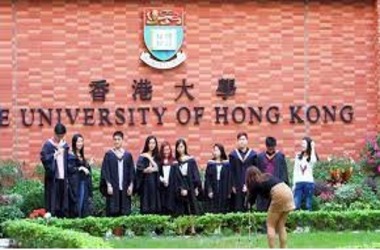 According to a news release, an architectural research team at the University of Hong Kong (HKU) devised a system based on blockchain technology to remotely monitor the quality of building of student apartments. The system, which has been given the name E-Inspection 2.0, assists in the management of construction quality inspection documents. It does this by ensuring that construction site photos and back-and-forth signed inspection files are all “accountable, traceable, and immutable.”
According to a news release, an architectural research team at the University of Hong Kong (HKU) devised a system based on blockchain technology to remotely monitor the quality of building of student apartments. The system, which has been given the name E-Inspection 2.0, assists in the management of construction quality inspection documents. It does this by ensuring that construction site photos and back-and-forth signed inspection files are all “accountable, traceable, and immutable.”
The blockchain-based system is also used to record data collected by sensors regarding temperature, humidity, vibration, and location in order to track the transportation of building modules and determine whether or not they have been damaged by moisture or other environmental factors.
The modular integrated construction (MiC) method was used for the building of the new dormitory project at the university, which was called the Wong Chuk Hang student home. Notably, the system was used in this project. In accordance with the method, around one thousand building blocks were put together in a factory in the Guangdong Province of mainland China before being transferred to a construction site in Hong Kong for the purpose of being stacked into a whole structure.
As a result of the border closure and other precautions taken during the Covid-19 outbreak, quality inspectors were unable to get access to the factory in Guangdong. This led to the implementation of the blockchain system for remote quality inspection. One of the 27 buildings that make up the MiC in Hong Kong is student housing.








